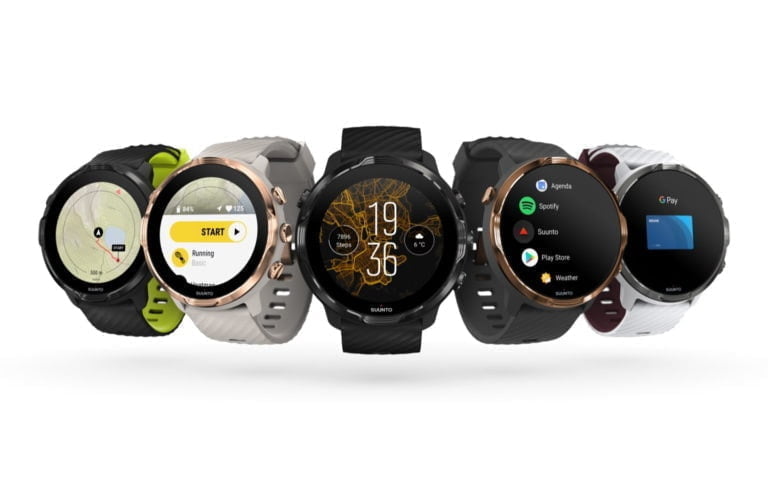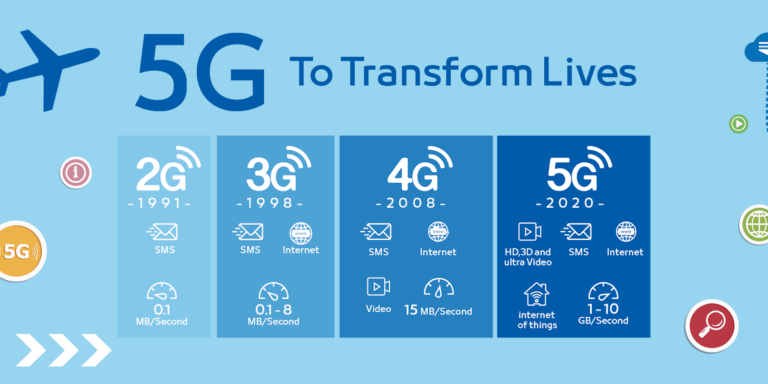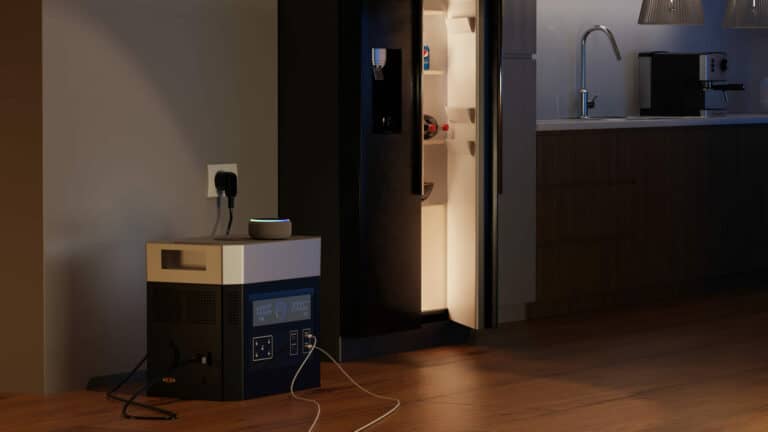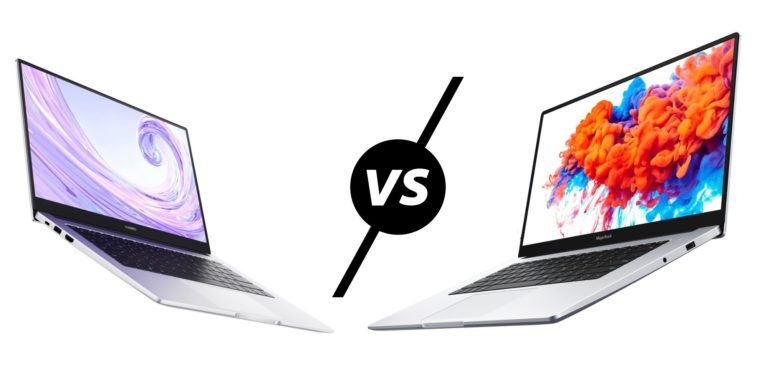Any links to online stores should be assumed to be affiliates. The company or PR agency provides all or most review samples. They have no control over my content, and I provide my honest opinion.
Mio is best known for its range of dash cams and in-car navigation systems. However, they have also used their GPS and mapping technology to produce a range of bike computers.
These computers are more focused on casual cyclists rather than the stats-obsessed fitness-focused cyclists that Garmin and Wahoo appeal to.
The Cyclo Discover Pal is the latest flagship model and the fourth computer in the Discover range.
I used the Mio Cyclo Discover Pal at the same time as the Wahoo ELEMNT ROAM V2 and have therefore drawn comparisons between the two.
Specification
- WeJoin – Share tracks and enjoy riding with family and friends with or without Cyclo device
- Get inspired by MioShare App whenever you feel like starting a journey
- Never miss a Point of Interest with the NeverMiss™ feature – It turns your Cyclo into a bike notebook
- Komoot, RouteYou and STRAVA Route integration
- Wireless connectivity makes your journey hassle-free
- Node Network (knooppunten) – Replicate the routes you read on a magazine and start right away!
- View all and more about your e-bike with Shimano STEPS
- Display: 2.8″ 240X400 sunlight readable colour touchscreen
- Battery: Up to 17 hours
- Memory: 16GB
- GPS Chipset: U-blox 7
Cyclo Discover Pal vs Cyclo Discover
The new Discover Pal is a smaller device with a 2.8″ display vs 3.5″, which is used on the other two computers. The smaller display also has a lower resolution of 240X400 vs 320X480. The Discover Pal is then listed as having a sunlight-readable display, and all three models use a colour display.
The Cyclo Discover Pal then has several additional features, many of which are geared towards improved navigation and group riding features.
New features include:
- Barometric altitude & climb info
- Shimano STEPS support for eBikes
- Voice guidance via App
- Increased storage of 16GB vs 8GB
- Improved battery of 17H vs 10h
- WeJoin
- Improved Node Network (knooppunten)
The big selling point will be the WeJoin functionality, and the Shimano STEPS integration shows how this is geared towards leisure and commuting more than fitness.
Set-Up and Phone Connectivity
I have had some issues with the Mio, which appears to be phone related.
At first, I set it up with the Pixel 6. The initial setup worked fine, but any time I tried to use the Mio, it would struggle to connect with the Pixel. When it wasn’t connected to the phone, it seemed to refuse to do a WiFi sync as well.
It was unreliable enough that I reset the device once and multiple times had to delete the Bluetooth pairing. At the point of giving up on it, I tried it with the Honor 70, and it seemed to work straight away with no issues.
So I assume there is an issue with the Pixel 6, or perhaps just my Pixel 6.
Pairing with accessories

Another issue I experienced was that this appears to be able to pair with accessories. Mio doesn’t advertise this, but if you look at ride data within MioShare, they have fields for power, heart rate and cadence. Therefore it was logical to assume I could pair my heart rate strap and power meter.
Sadly it did not recognise these. I assume the pairing functionality will be used for Shimano STEPS. However, I don’t have an electric bike with this, so I was unable to test it.
I have no experience with Shimano STEPS, but it looks like a STEPS display will set you back about £150, and I assume that it is not necessary if you use the Mio.
Route plotting, turn-by-turn navigation and rerouting

You have a good selection of routing features, including Komoot, RouteYou and STRAVA, with the device syncing these from the web.
You also have the option to select favourite places, points of interest, or just select any part of the map, and the Mio will create a route to that point. This is excellent for any casual cyclist that wants to use this specifically to navigate to places. The Wahoo can do this, but most of its functions are controlled via the app, so you need to pull out your phone, select where you want to go then push the route to your device.
The Wahoo also lacks a touch screen, which makes navigating around the map on-device slow and unpleasant.
The Mio has an excellent detailed map with good turn-by-turn directions. The actual map is easier to read and understand than the Wahoo.
Wahoo has opted for simplicity with a 64-colour display, and this is likely why the Mio looks so much better.
This bike computer will do on-the-fly rerouting if you go off course. It works, and it will no doubt be useful if you make a forced change to your route, but it is poor compared to Wahoo.
I live on the coast, and cycling down the promenade, there is the road, then lower down a middle pedestrianised section and another lower section below that. I had accidentally routed down the road rather than the middle prom.
The computer identified I was cycling down the wrong section and advised me to u-turn to get on the right path. As I knew where I was going, I continued ahead. The computer continued to tell me to u-turn even when it would take longer to turn around and get back on route rather than reroute. It did reroute eventually, but it was much slower to respond than the Wahoo. The rerouting performance does vary, sometimes, it is quicker than others, but in general, I found it to be too slow for me to want to rely on it.
Most modern bike computers now have some sort of on-the-fly rerouting like this. As well as both the Wahoo ELEMNT ROAM computers, you have the Edge 1040, 830, 530, and Hammerhead Karoo 2.
WeJoin Group Ride
The WeJoin group ride is the stand-out feature of this bike computer. It is a combination of live tracking and route sharing with a bit of social media thrown in.
As I am a solo cycler and don’t know anyone with a Mio to do a group ride with, I have not been able to test this properly. It does look like a genuinely fun and useful feature.
You can also share your WeJoin ride with other people, and it will work as a live tracking function. While most other bike computers have a live track function, I don’t think any incorporate group rides.
Price and Alternative Options
The Mio Cyclo Discover Pal is priced at €349.99 direct from Mio or £329.99 from Halfords
Most of the competing options are more designed for fitness-focused cyclists, but they all have navigation, and most of them should do things like rerouting.
From Garmin, you have:
- Garmin Edge 1040 from £520
- Garmin Edge 830 for £299
- Garmin Edge 530 for £246
Wahoo has:
- The new dual-band GPS Wahoo ELEMNT ROAM for £349.99
- Original ELEMNT ROAM for £200
- ELEMNT BOLT for £ £264.99
Then the Hammerhead Karoo 2 is £359
Overall
I cycle more for fitness than casually, and I am perhaps a little biased against this bike computer. With the Node Network functionality, this also appears to be a bit more appealing for European users (where casual cycling is also more popular).
I think the big issue I have with it is that the price is quite high. You have the new ELEMNT ROAM, Edge 830 and Hammerhead Karoo 2 all around the same price point. They may be more geared towards athletes, but they still have most of the features you see here, in particular, they all have good navigation functionality.
While it is not identical, the ELEMNT ROAM will roll out public route sharing, which will make group rides with other Wahoo users much easier.
I do like the maps on this device, the rerouting is a bit iffy, but the maps are good enough that you shouldn’t miss a turn too easily.
The three features I have not tested are perhaps the three features why you would buy this over the aforementioned options.
WeJoin does sound genuinely good. I had previously stated you are reliant on a Mio Mio Discover computer to make the most of this, but Mio has pointed out that other riders could just use the MioShare App, which is free.
I was unaware of the Node Network (knooppunten), but the integration of this with the Mio should make following the node network routes much easier in Europe.
You also have the Shimao STEPS integration, which will display real-time e-bike data on your device, including assist mode, battery, travel time, speed, distance and more for an enhanced cycling experience.
Mio Cyclo Discover Pal GPS Bike Computer Review Rating
Summary
The Mio Cyclo Discover is a good choice if you will make use of its niche features. The WeJoin functionality looks like an excellent and unique feature that fitness focussed brands lack. The Shimao STEPS integration appears to eliminate the need for a dedicated display, saving you money. Then for European riders, you have the Node Network, which will make following routes easy. If you don’t use those features, then there is not much appeal over various other options at a similar price point.
Overall
65%-
Overall - 65%65%
Pros
- Some unique features not found on fitness focussed GPS bike computers including WeJoin and Shimao STEPS, and the Node Network.
- Detailed and easy to understand map and navigation
- On-device routing which is easy to use thanks to the touch screen
Cons
- Connectivity issues with Pixel 6
- Rerouting performance is not the best
- Can’t pair with HR/Power/Cadence sensors
I am James, a UK-based tech enthusiast and the Editor and Owner of Mighty Gadget, which I’ve proudly run since 2007. Passionate about all things technology, my expertise spans from computers and networking to mobile, wearables, and smart home devices.
As a fitness fanatic who loves running and cycling, I also have a keen interest in fitness-related technology, and I take every opportunity to cover this niche on my blog. My diverse interests allow me to bring a unique perspective to tech blogging, merging lifestyle, fitness, and the latest tech trends.
In my academic pursuits, I earned a BSc in Information Systems Design from UCLAN, before advancing my learning with a Master’s Degree in Computing. This advanced study also included Cisco CCNA accreditation, further demonstrating my commitment to understanding and staying ahead of the technology curve.
I’m proud to share that Vuelio has consistently ranked Mighty Gadget as one of the top technology blogs in the UK. With my dedication to technology and drive to share my insights, I aim to continue providing my readers with engaging and informative content.







